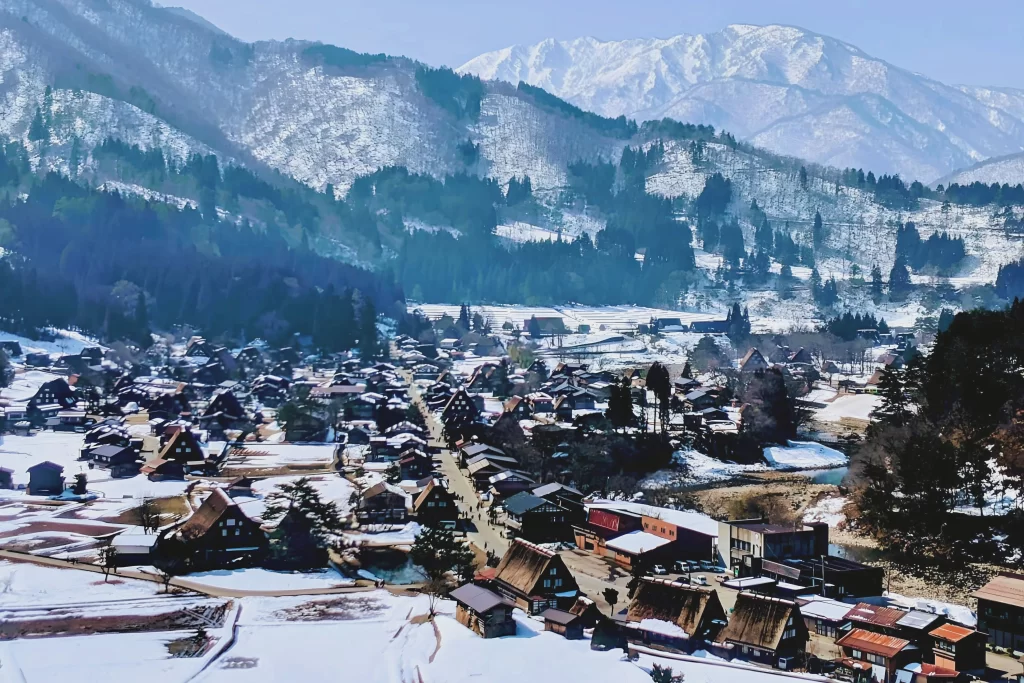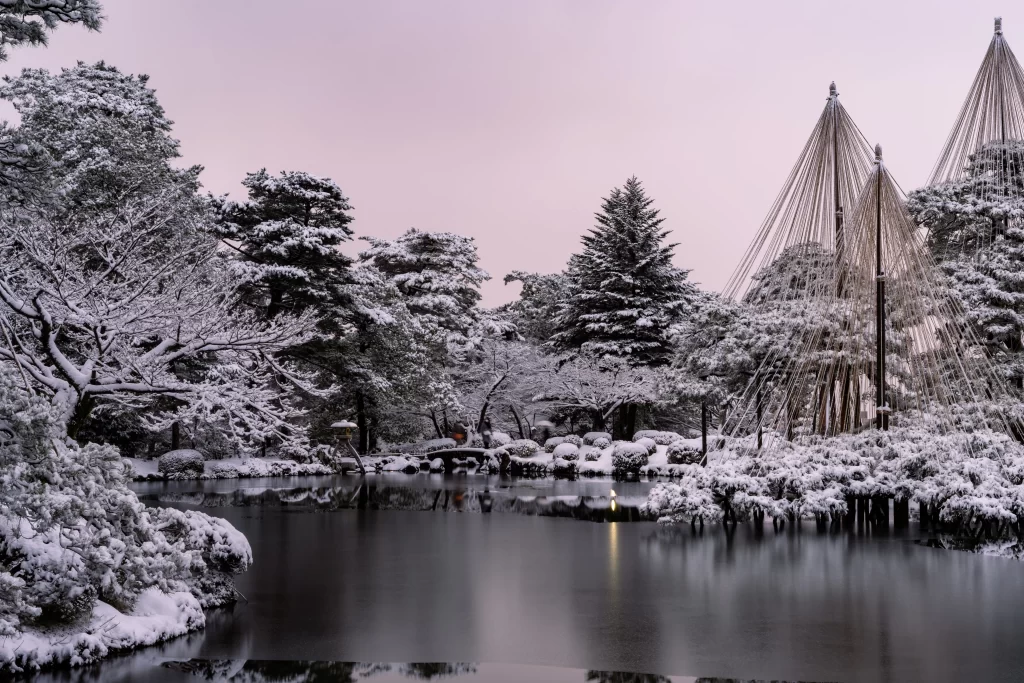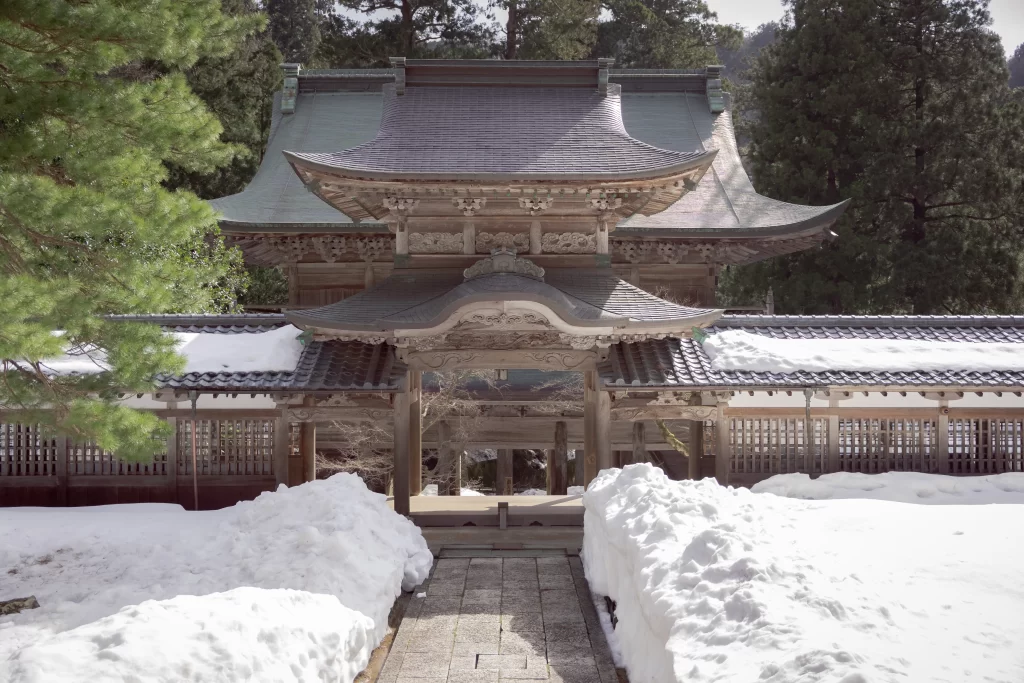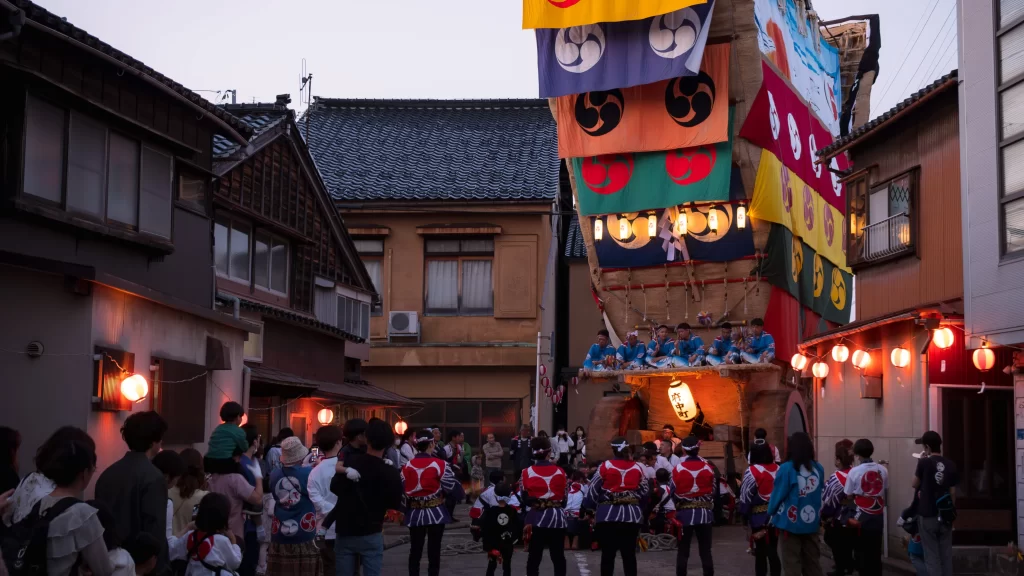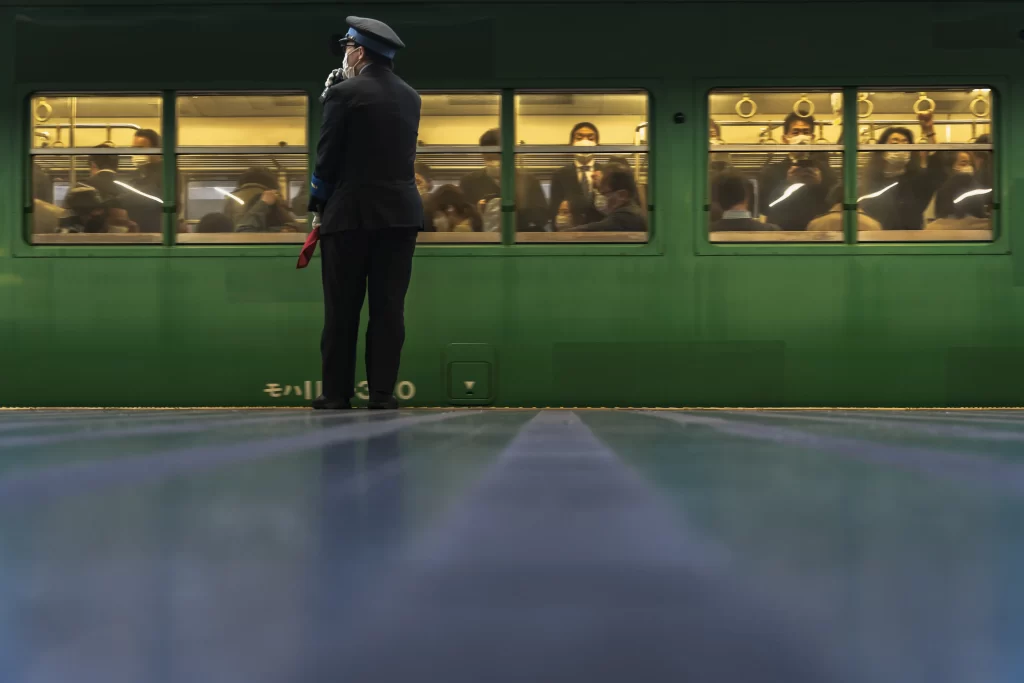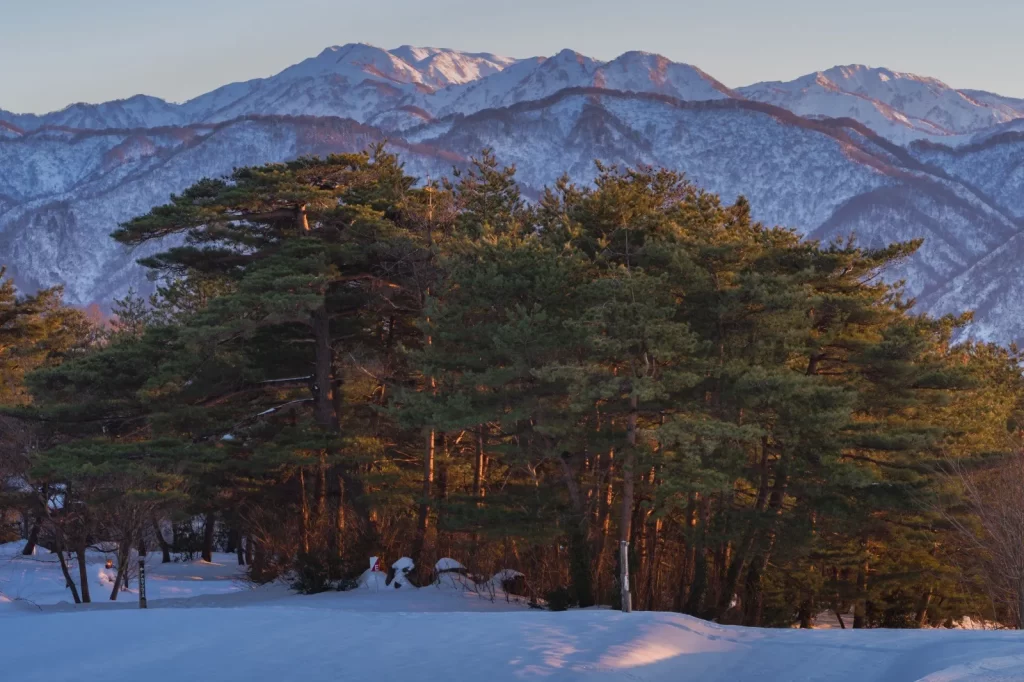
Journey Through Japan with Kizuna: Bill’s Top Picks

©Wiiliam Michaud
Bill, owner of KIZUNA TRAVEL
Places he knows: Burlington, Vermont; Kyoto; Kanazawa, Ishikawa
“This will be the most boring interview you’ll do,” Bill tells me even before he takes his seat, and I think (but do not say), “I’m pretty sure he’s about to prove himself wrong.”
We immediately launch into an enthusiastic discussion of Japanese winter soul foods (nabe and oden, to be exact). It’s hard not to get excited about the food here. We both live in an area that turns just about every dish into a memorable culinary moment. (So don’t skimp on meals in the interest of seeing everything there is to see. You’ll be missing out on a big part of the Japan experience.)
But let’s get to my interview questions!
“Are there any Japanese chain restaurants worth visiting?”
Bill answers,
“Sushi Shabu Shabu Yuzu An and Sushi Kuinee!. They have something for everyone.”
“When you visit a convenience store, what ends up in your shopping basket?”
“Depends on the convenience store. 7-11 has these chocolate tofu bars that are great. And some wasabi and soy sauce flavored mixed nuts that I have to fight my daughter for.” He laughs, which I assume means that the daughter wins more often than not. “But the fresh coffee from Lawson or FamilyMart is good, too.”
“Are there any fast foods that aren’t to be missed?”
“According to my daughter, the ramen from Mister Donut is better than the actual donuts!” The iced jasmine tea is Bill’s usual order.
But wherever you are in Japan, there are uniquely local experiences to be had. As a resident of Kanazawa, Bill knows many interesting locations that are tragically overlooked by visitors to the area.
“A nice view,” I ask him, “where is the best place to find one of those?”
He gestures over his shoulder and I think I know the park he’s about to suggest, but when he speaks, the place isn’t the one I expect to hear. Instead, Bill recommends, “The observatory!”
The observatory he’s talking about is up on the hillside behind Kanazawa University, accessible by car. (I’ve only ever been there at night for the open-telescope time on Friday evenings when you can take a peek at whatever transient wonder that the staff have managed to capture: Jupiter or the Pleiades, say.)
“Go up there in the daytime,” Bill insists. He elaborates with sweeping gestures: “You can see the mountain peaks and down into the valley. The sky and the sunset – it’s beautiful.”

©William Michaud
“What else should visitors do while they’re in Japan?” I ask him.
Bill sits back in his seat and says, “Take a day and do nothing. No plans. Just go out and walk down the street. Soak it all in. Go to a cafe and be a local. Go to the supermarket. Be at loose ends.”
“But,” he continues, “nothing beats a soak in a hot spring after a day of hiking or skiing. If you’re not into the whole bathing with strangers thing, then stop by one of the outdoor footbaths, roll up your pant legs, chill with a drink, and people watch. It’s important to slow down and take your time. More than one visitor to Japan goes home and, when friends and family ask them what they saw, they can’t really answer.”
Bill is speaking of the trap that befalls many: in one’s rush to see everything, the traveler sees nothing. In the whirlwind of activity, one winds up remembering very little, going home with blurred impressions. So while you are here, be here. Absorb the sights and sounds and smells. Your observations may be puzzling from time to time, but it sure makes a better anecdote for impressing (or evoking straight-up envy in) the people back home.
“Where is somewhere with great energy?” I prompt next.
“Higashide Coffee,” he answers and then offers a second option: “the riverside. The Saigawa – the Sai River. Just go and watch people hanging out under the cherry trees in spring or whenever.”
I myself often see retirees playing gate-ball on summer mornings along the riverside and, yes, that’s a colorful sight. Especially when the competition heats up.
Lastly, I ask, “Do you outfit your home for winter with a kotatsu?” (A kotatsu is a squat, square table with a heating element attached to the frame. The tabletop lifts off and a quilt is draped over it to trap the heat before the tabletop is replaced. You sit on cushions with your legs kept nice and toasty-warm.)
“No. Kotatsu are forbidden.”
What! What could be so offensive about a piece of furniture, especially one that generates heat in winter?
Bill explains, “If I sit down at a kotatsu and settle in, absolutely nothing gets done.” He leans his head back and affects the pose of the well-slumbering.
Ah. Indeed, Japanese kotatsu are snooze-inducing.
It’s the end of our interview and rather than finding it boring, I find it insightful and informative. Bill has lived in Japan long enough to not only suss out the worthwhile experiences from the time-wasters, he has built a list of tried-and-true favorites. It is unique experiences like Bill’s that KIZUNA TRAVEL aims to offer travelers.
“It’s not just the big-city Tokyo experience or the traditional Kyoto experience,” Bill muses, “it’s the simple things that really stick with you in the end.”
This article was written by Keri Yazawa.
About Keri Yazawa
Keri Yazawa has been a resident of Kanazawa City since 2005 and enjoys cycling, stamp-making, and tofu!
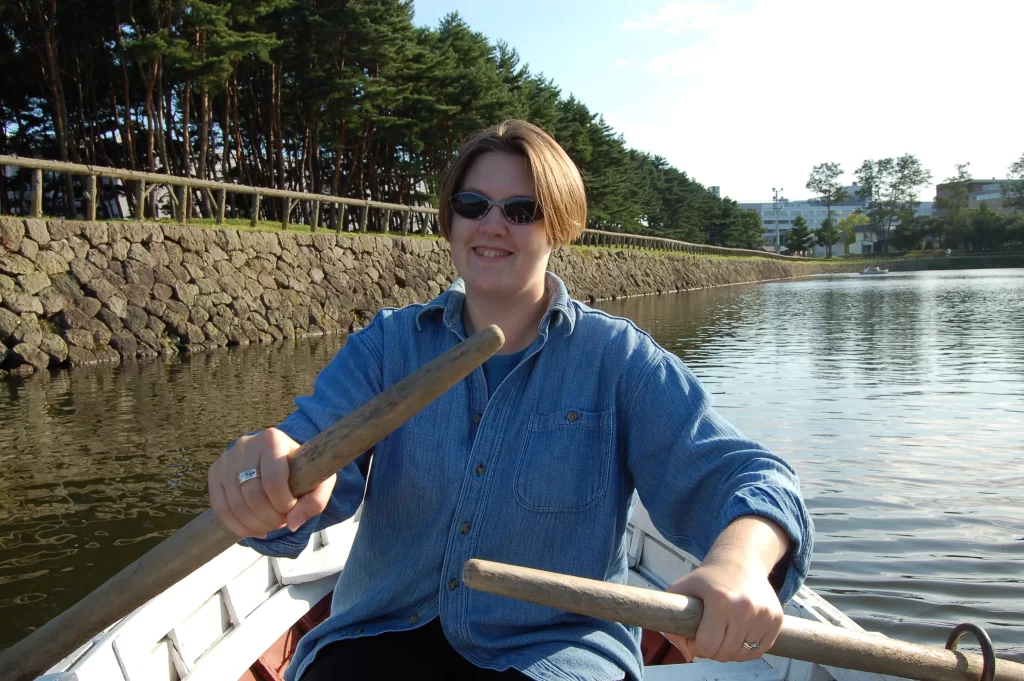
©Keri Yazawa

